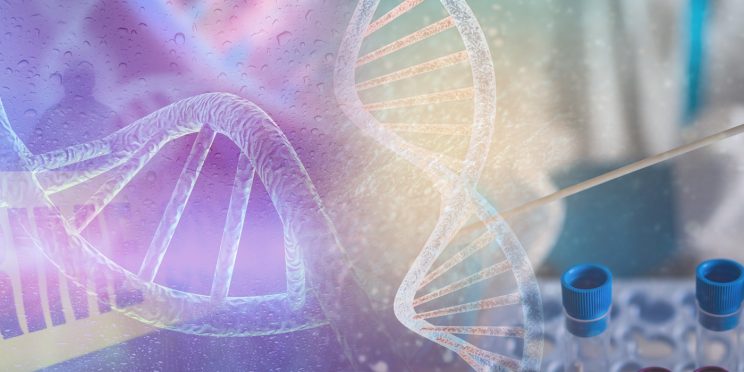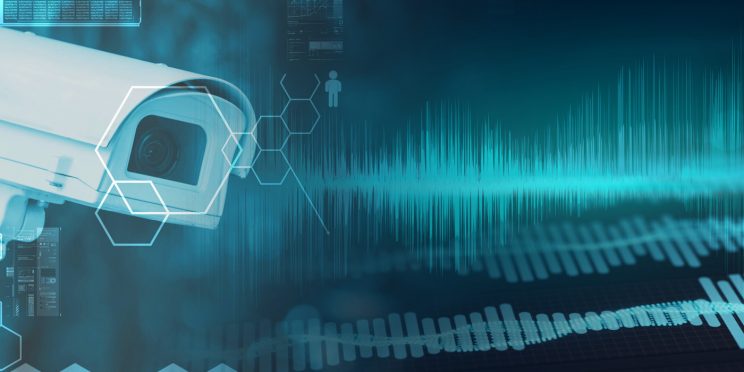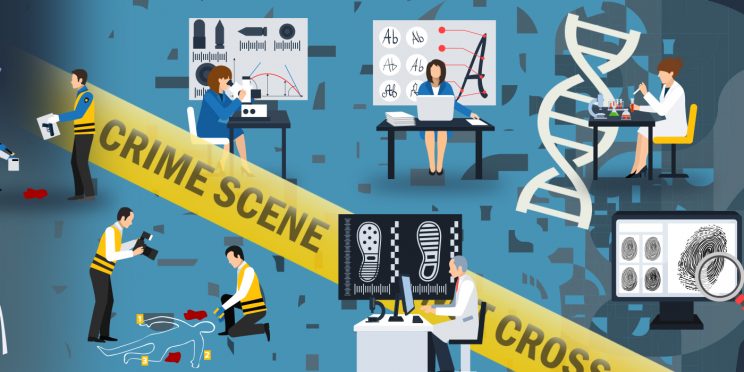Date
Updated: August 2018
Original: January 2016
Overview
Light detection and ranging (LiDAR) has become the gold standard of measurement and is the basis for 3D laser scanning technology used today in multiple disciplines that range from engineering to meteorology to medicine. A growing number of crime scene units recognize the benefits of adopting 3D laser scanning instruments to assist with bloodstain pattern analysis, shooting incident reconstruction, traffic collision data collection, and general crime scene reconstruction. 3D laser scanners offer crime scene units an excellent tool to increase the speed and efficiency of data collection. The instruments provide scientifically accurate data that enable a completely objective analysis and highly credible evidence in a court of law. Data obtained from scans document the entire scene and may provide special evidence first missed as relevant patterns or evidence not obviously visible. This landscape study provides several real-world examples and lessons learned from the implementation of 3D laser scanning instruments. The discussions captured in this study highlight the agencies’ different needs and methods for procurement, training, and implementation. Key questions to ask related to each of these areas are provided.
In 2016, the FTCOE published a landscape study that provides the reader with a basic understanding of 3D laser scanning instruments as well as their use, benefits, and limitations. This report was recently updated to capture technology advancements and provide successful use cases.
Funding for this Forensic Technology Center of Excellence report was provided by the National Institute of Justice, Office of Justice Programs, U.S. Department of Justice.
The opinions, findings, and conclusions or recommendations expressed in this report are those of the author(s) and do not necessarily reflect those of the U.S. Department of Justice.
Contact us at ForensicCOE@rti.org with any questions and subscribe to our newsletter for notifications.




